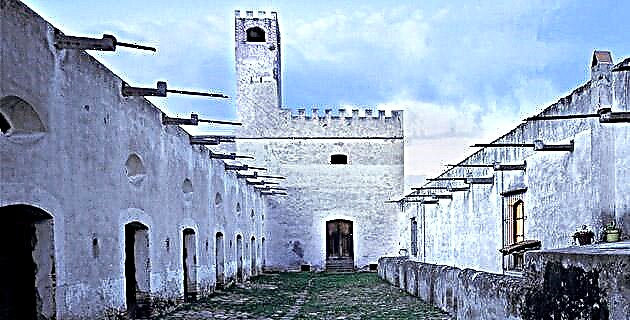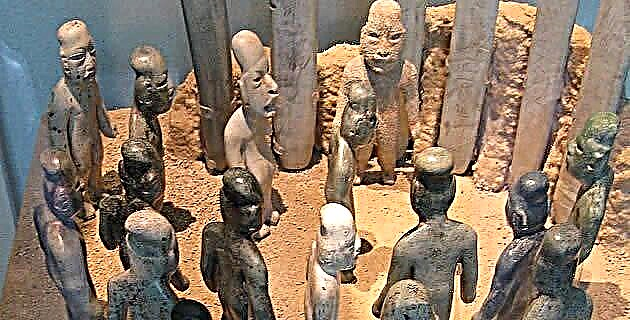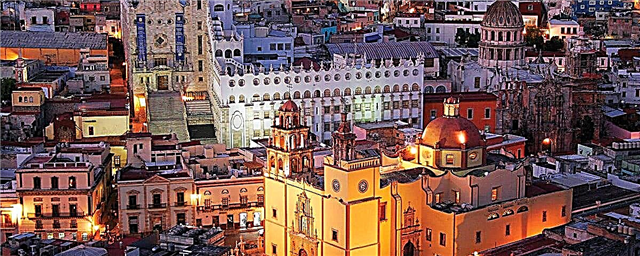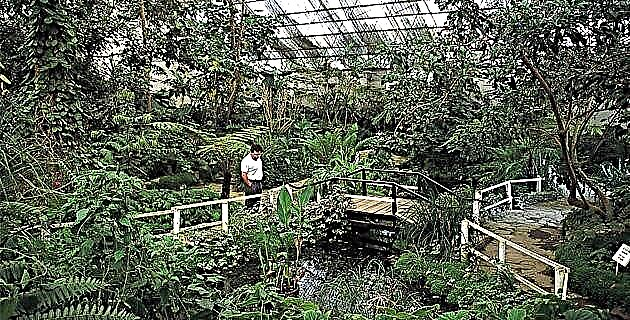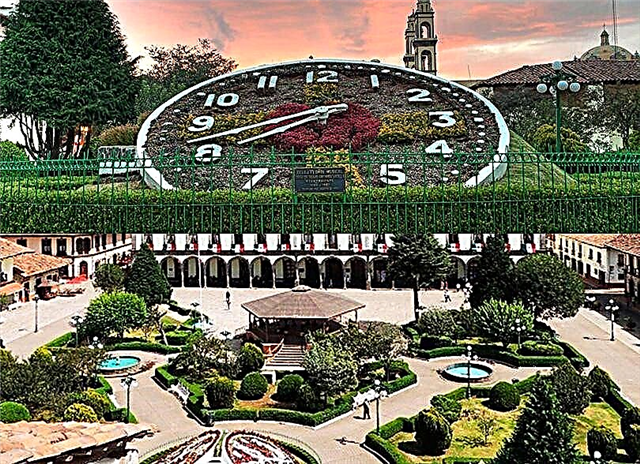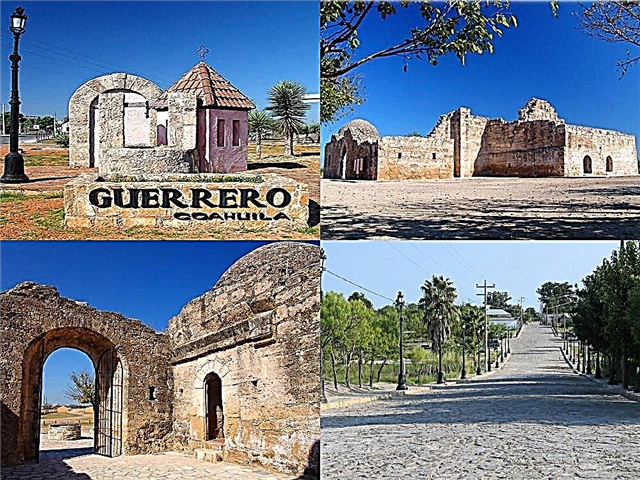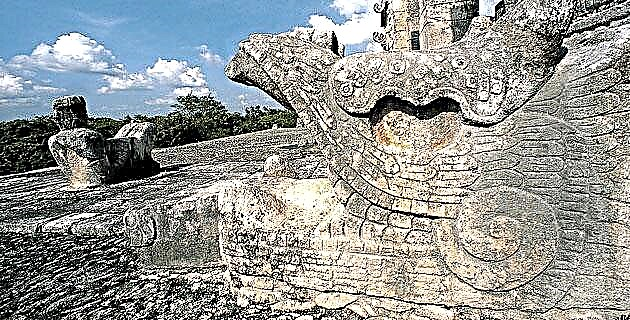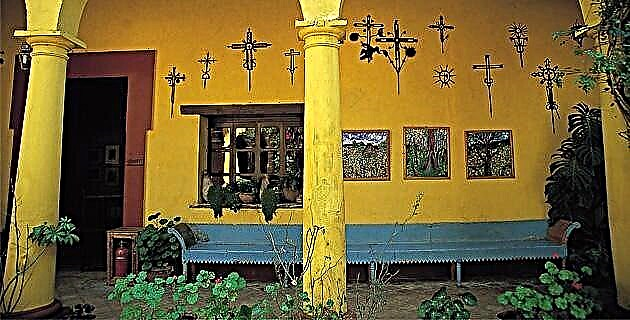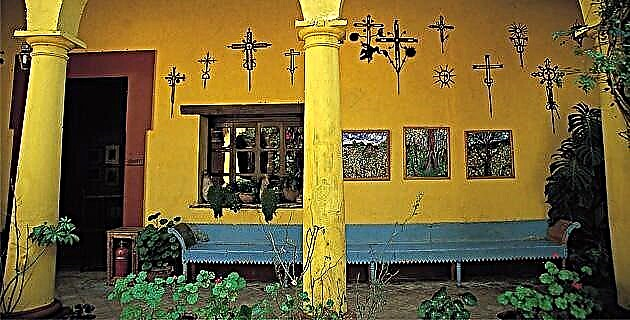
Learn about the life of this woman who helped the Lacandon people and about a peculiar museum in Chiapas.
The intense photographic activity that Gertrude Duby Blom carried out for 40 years has become a testimony to the history of the Lacandon people at the Na Bolom Museum, and her name has been linked to this ethnic group. It was his primary concern to help protect the life of the Lacandons and the jungle, hence knowing who Trudy was, as her friends called her, is an interesting journey through the history of this century.
The biography of this admirable woman seems more like a novel. His life begins when the political whirlwinds in Europe initiate the spiral of violence that reached its peak with the Second World War.
Gertrude Elizabeth Loertscher was born in Bern, a city in the Swiss Alps, in 1901 and died in Na Bolom, her home in San Cristóbal de Ias Casas, Chiapas, on December 23, 1993.
His childhood passed quietly in Wimmis, where his father officiated as a minister of the Protestant Church; When he returned to Bern, still in his teens, he became friends with his neighbor, Mr. Duby, who worked as a railway officer, while at the same time he held the position of general secretary of the Union of Railroad Workers of Switzerland. This man is the one who introduces her into socialist ideas; In the company of Mr. Duby's son, named Kurt, he participated in the ranks of the Swiss Socialist Democratic Party when he was barely 15 years old. After studying horticulture, he moved to Zurich where he attended the chair of social work. In 1920, he participated as a student in the foundation of the Socialist Youth Movement and began his career as a journalist, writing for the socialist newspapers Tagwacht, from Bern, and Volksrecht, from Zurich.
At the age of 23, he decided to travel in an effort to make reports for Swiss newspapers about the socialist movement in other parts of Europe. In 1923 she settled in England, and lived as a volunteer with a Quaker family. He began an intense contact with the English Labor Party, where he had the opportunity to meet George Bernard Shaw, among others.
With the intention of learning Italian, he traveled to Florence; Committed to the social struggle, she continues her work as a journalist and participates in anti-fascist movements. In 1925 she was arrested along with other socialists, and after a long five-hour interrogation, she was imprisoned for a week and deported to the Swiss border. Kurt Duby was waiting for her there, from where they travel by train to Bern; upon arrival, she is greeted by a crowd waving red flags and slogans. After what happened, her family, with conservative ideas, would no longer accept her.
A few days after their arrival, Trudy and Kurt get married. She will carry the surname Duby for most of her life, since only in recent years will she adopt that of her second husband. It is likely that due to the pain caused by the parental rejection or as a tribute to Kurt's father, even after separating from him, she continued using his last name. After marrying Kurt, they both work in the Social Democratic Party. Political and personal differences arise between them that lead them to separate in the third year of marriage. She decides to travel to Germany, where she was required as a speaker. Kurt continues his political career and becomes a prominent member of the Swiss Parliament and a judge of the Supreme Court of Justice.
In Germany, Gertrude Duby is a member of the Communist Party; shortly after, he decides to join the current that will form the Socialist Workers Party. In January 1933, Germany began its Calvary: Hitler was elected Chancellor. Gertrude, preventing her deportation, marries a German partner to obtain citizenship. Even so, she appears on a black list and is hunted by the Nazi police. He must live clandestinely, changing places every night, but his work of denouncing the dictatorial regime does not stop and the Swiss newspapers receive his articles daily. Dispatch reports from different places, always with the police behind her. Finally, to leave Nazi Germany, he obtained a false passport that allowed him to cross to France, where for five years he carried out an intense campaign against fascism.
Due to her great reputation as a social fighter, she was called to Paris to join the organization of the International Struggle Against War and Fascism, since the start of the war seemed imminent and it was necessary to do everything possible to stop it. She traveled to the United States in 1939 and participated in the organization of the World Congress of Women Against War. He returns to Paris when the warlike folly has begun. France has succumbed to German pressure and is ordering the arrest of all anti-fascist fighters who are not French. Gertrude is held in a prison camp in the south of France, but fortunately the Swiss government finds out and starts efforts to achieve her release, which she achieves five months later by taking Trudy back to her native country. Once in Switzerland, he decides to annul the German marriage and thus recovers his Swiss passport, which allows him to travel to the United States to organize a fund for refugees from the war.
In 1940, along with other refugees, democrats, socialists, communists, and Jews, he emigrated to Mexico and vowed not to get involved in Mexican politics, although indirectly as a journalist, in some way he did. She meets the Secretary of Labor of the time, who hires her as a journalist and social worker; Her assignment is to study the work of women in factories, which leads her to travel through the northern and central states of the Mexican Republic. In Morelos he establishes contact with the Zapatistas magazine, edited by women who had fought alongside General Zapata, and collaborates with their writings.
It is at this time that he buys an Agfa Standard camera for $ 50.00 from a German immigrant named Blum, who gives him some basic notions of the use of the machine and teaches him to print rudimentary. Her motivation for photography was not of aesthetic origin, as once again her fighting spirit was present: she saw photography as a reporting tool, hence the great interest it aroused in her. He would never leave his camera again.
In 1943, he traveled on the first government expedition to the Lacandon jungle; his job is to document the trip with photographs and journalistic writing. That expedition reserved for him the discovery of two new loves in his life: first that of those who would make up his new family, his brothers the Lacandons, and second, that of the Danish archaeologist Frans Blom, with whom he shared the next 20 years, until his death. of the.
Gertrude was above all a humanist who fought for her convictions, which never ceased. In 1944 he published his first book entitled Los lacandones, an excellent ethnographic work. The foreword, written by her future husband, discovers the human value of Duby's work: We must thank Miss Gertrude Duby, for having allowed us to know that this small group of Mexican Indians are human beings, they are men, women and children. that live in our world, not as rare animals or museum showcase objects, but as an integral part of our humanity.
In this text, Duby describes the arrival of Don José to the Iacandon community, its customs and its happiness, its ancestral wisdom and also its fragility in the face of diseases, including cures on that date. He analyzes the conditions of the woman in that environment and marvels at the wise simplicity of her thinking. He briefly recounts the history of the Iacandones, whom he calls "the last descendants of the builders of the marvelous ruined cities." He defines them as "brave fighters against conquest for centuries", with a mentality "forged in a freedom that never knew owners or exploiters."
In no time, Trudy gained the affection of the Lacandones; He says of them: "My Iacandon friends gave me the greatest proof of their confidence when they took me on my third visit to see the sacred lake of Metzabok"; of the Iacandon women he tells us: “they do not take part in religious ceremonies or enter temples. They think that if a Iacandona steps on the bark of the balché, it would die ”. He reflects on the future of this ethnic group and points out that "to save them it is necessary, or to leave them alone, which is not possible because the forest is already open for exploitation, or to help them develop their economy and cure their diseases."
In 1946 he published an essay entitled Are there inferior races ?, a hot topic at the end of World War II, where he points out the equality of men and the common construction of life in freedom. Her work does not stop: she travels with Blom and knows the Lacandon jungle inch by inch and its inhabitants, of whom she becomes a tireless defender.
In 1950 they bought a house in San Cristóbal de Ias Casas that they baptized with the name of Na Bolom. Na, in Tzotzil means “house” and Bolom, is a play on words, because Blom is confused with BaIum, which means “jaguar”. Its objective was to house a center for studies on the region and mainly to host the Iacandons who visit the city.
Trudy wanted the house with her collection to go to the town of Mexico. In it are more than 40 thousand photographs, a magnificent record of indigenous life in most of the Chiapas communities; The rich library on the Mayan culture; a collection of religious art, which Frans Blom rescued when an attempt was made to destroy these pieces during the Cristeros War (a large number of iron crosses saved by Blom from the foundry are exposed on the walls). There is also a chapel where objects of religious art are exhibited, as well as a small collection of archaeological pieces. You can admire the nursery in which she grew endangered trees. There is also a room dedicated to the Lacandons, their utensils, tools, and a collection of textiles from the region. The Na Bolom Museum is there, waiting for us, a few blocks from the center of San Cristóbal, housing the great treasure of the legacy of Gertrude and Frans Blom.
When we admire the beautiful photographs of Gertrude Duby Blom, we can see that she was a tireless woman who never let herself be dejected and, wherever she was, she fought for those causes that she considered just. In recent years, in the company of his friends the Lacandones, he dedicated himself to photographing and denouncing the depredation of the Lacandon jungle. Trudy, undoubtedly a great example for current and future generations, left a work that will grow as time goes by.

